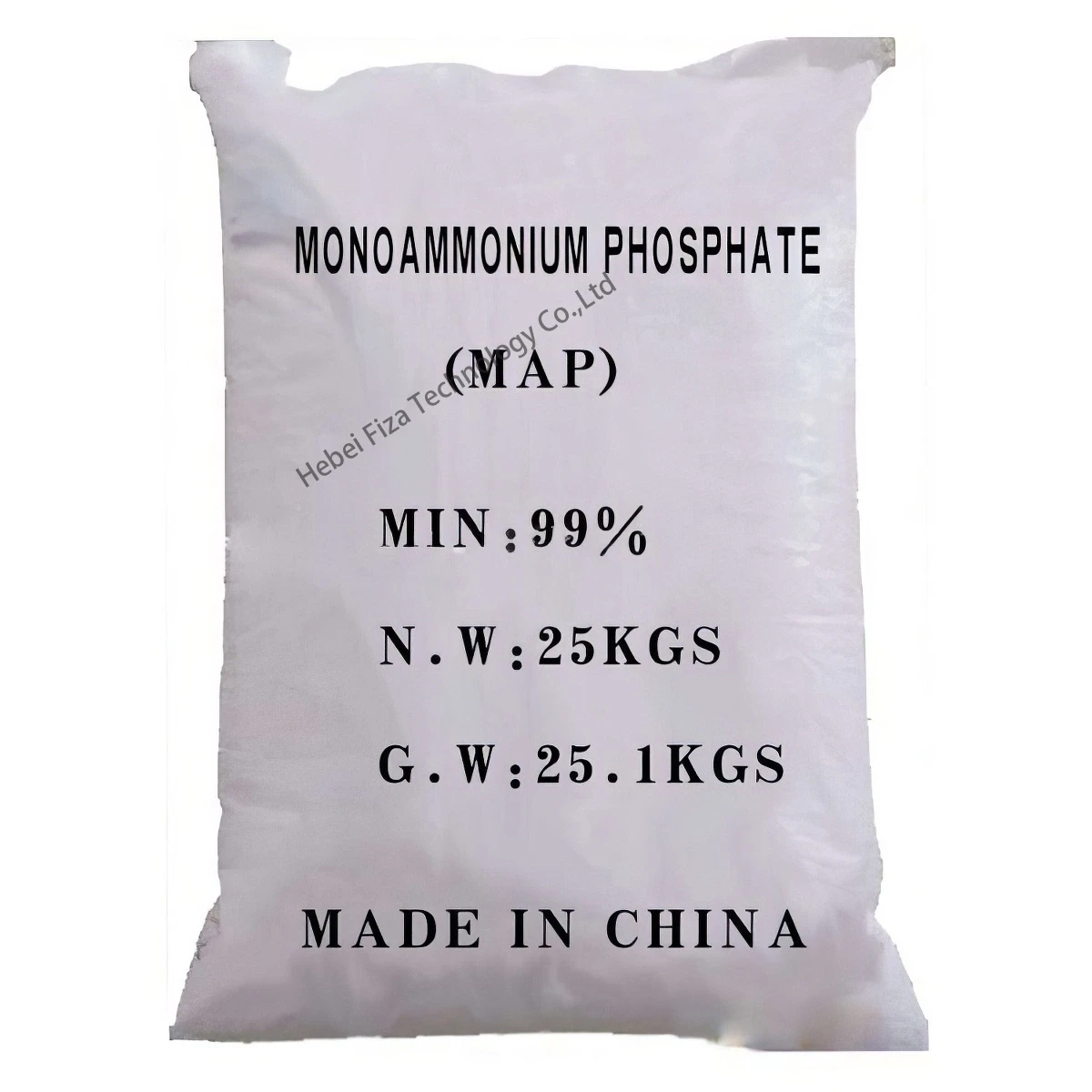



sodium hydroxide in wastewater treatment
The Role of Sodium Hydroxide in Wastewater Treatment
Wastewater treatment is a critical process that ensures the safe disposal and reuse of water, protecting both human health and the environment. Various chemicals are used in this process to facilitate chemical reactions that purify water. One such important chemical is sodium hydroxide (NaOH), commonly known as lye or caustic soda. This powerful alkaline compound plays several key roles in the treatment of wastewater, making it indispensable in modern water purification techniques.
1. pH Adjustment
One of the primary functions of sodium hydroxide in wastewater treatment is to adjust the pH levels of wastewater. Many industrial processes generate wastewater that is either excessively acidic or alkaline. For wastewater to be treated effectively, it usually needs to be neutralized to a pH range that supports biological treatment methods. Sodium hydroxide effectively raises the pH of acidic wastewater, thus creating an optimal environment for the growth of aerobic bacteria, which are essential for biological treatments such as activated sludge processes. This pH adjustment not only promotes microbial activity but also helps in the precipitation of heavy metals, further enhancing the treatment process.
Heavy metals, such as lead, mercury, and cadmium, pose a significant threat to the environment and human health when present in wastewater. Sodium hydroxide is used to precipitate these metals from wastewater through a process called hydroxide precipitation. When sodium hydroxide is added to the wastewater, it reacts with dissolved metal ions to form insoluble metal hydroxides. These precipitates can then be easily removed from the water through sedimentation or filtration. By effectively removing heavy metals, sodium hydroxide plays a crucial role in ensuring that treated wastewater meets environmental discharge standards.
3. Odor Control
sodium hydroxide in wastewater treatment

Another important application of sodium hydroxide in wastewater treatment is odor control. Wastewater frequently contains organic compounds that decompose and release foul smells, significantly impacting local communities. Sodium hydroxide helps to mitigate these odors through its ability to neutralize sulfur compounds and other odoriferous substances. By elevating the pH, it can transform odorous sulfide ions (like hydrogen sulfide) into non-volatile forms, thereby reducing unpleasant smells in treatment facilities and along the wastewater conveyance systems.
4. Sludge Conditioning
The treatment of wastewater often results in the production of sludge, which must be managed properly to minimize disposal issues and environmental impacts. Sodium hydroxide can aid in the sludge conditioning process by facilitating the dewatering of sludge. It enhances the aggregation of particles, making them more manageable for removal. This process helps to reduce the volume of sludge that must be treated or disposed of, ultimately leading to more cost-effective and environmentally friendly wastewater management.
5. Role in Advanced Oxidation Processes
In addition to the aforementioned roles, sodium hydroxide is also used in advanced oxidation processes (AOPs) for treating wastewater that is heavily contaminated with organic compounds and toxins. AOPs involve the generation of hydroxyl radicals that can effectively decompose complex organic pollutants. Sodium hydroxide is often used to create the alkaline environment necessary for these processes to occur, thus enabling the efficient breakdown of harmful substances into less toxic compounds that are easier to remove.
Conclusion
Sodium hydroxide is a multifaceted chemical that plays a vital role in the wastewater treatment sector. From pH adjustment and heavy metal precipitation to odor control and sludge conditioning, its applications are diverse and critical for ensuring effective and efficient treatment processes. With the ever-increasing demand for clean water and stringent environmental regulations, the importance of sodium hydroxide in wastewater treatment will undoubtedly continue to grow, paving the way for more sustainable water management practices. As we move towards a more environmentally aware future, the use of such chemicals in thoughtful and responsible ways will be key to protecting our water resources and public health.
-
Why Sodium Persulfate Is Everywhere NowNewsJul.07,2025
-
Why Polyacrylamide Is in High DemandNewsJul.07,2025
-
Understanding Paint Chemicals and Their ApplicationsNewsJul.07,2025
-
Smart Use Of Mining ChemicalsNewsJul.07,2025
-
Practical Uses of Potassium MonopersulfateNewsJul.07,2025
-
Agrochemicals In Real FarmingNewsJul.07,2025
-
Sodium Chlorite Hot UsesNewsJul.01,2025










